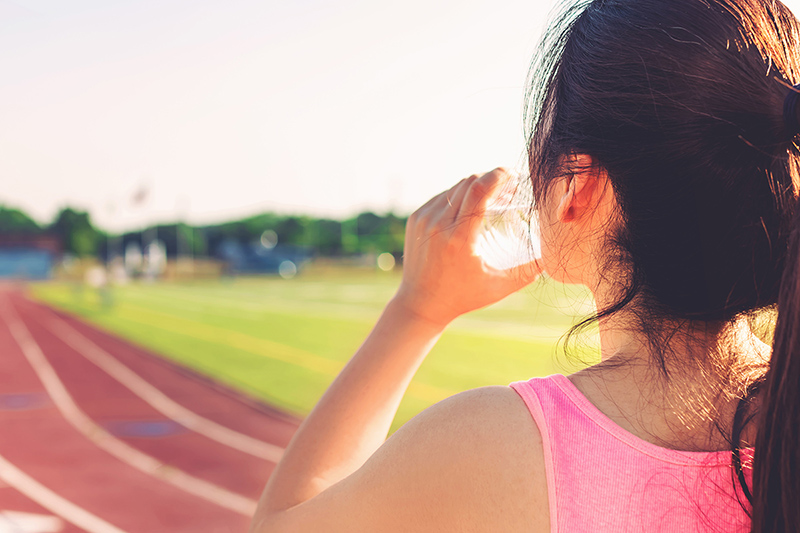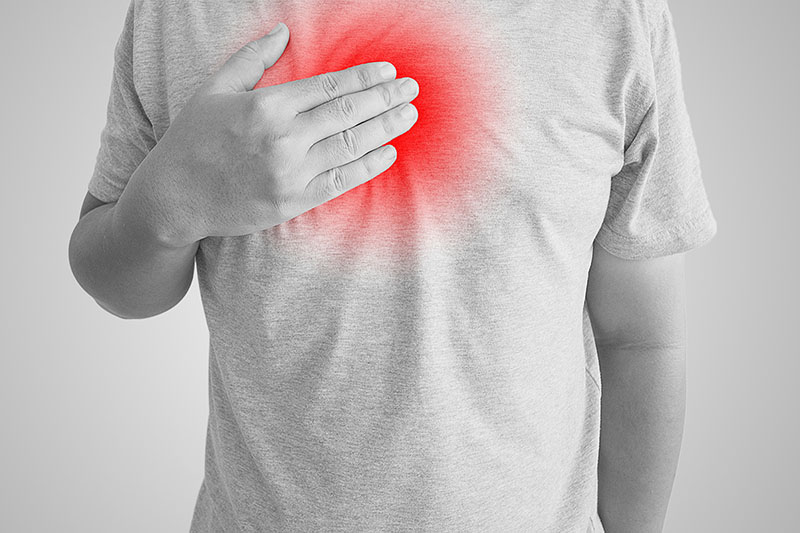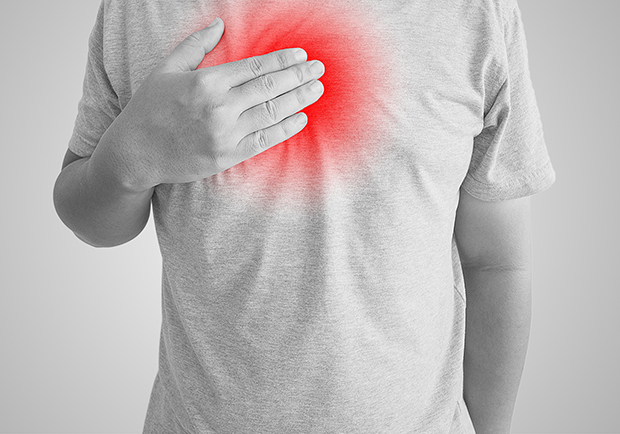Things to Consider When Running in the Heat
You’re not about to let a little hot weather stop your running routine, but you also don’t want to face unintended consequences. Here’s the lowdown on how to run safely in the heat.

Running in the heat is downright dangerous if done incorrectly. In addition to heat cramps, heat exhaustion, and heatstroke (which can be deadly), there are also the related conditions of dehydration and sunburns to consider. So, while running in normal weather has infinite benefits, when it’s hot outside, you need to be careful. Here’s what to do:
What to wear
Running fabrics have advanced, so when you go shopping, don’t be surprised at all the extra features in your clothes (and it’s best to go to a store that caters specifically to athletes). In addition to fabrics that are meant to wick away sweat, you can also buy running gear with built-in sunblocking technology and extreme breathability.
Check out this guide for a tutorial on how to choose tech fabrics are right for you. In general, stick with loose-fitting, light-colored clothes (dark colors absorb heat). A loose tank and moisture-wicking shorts are great.
Next, grab a broad-billed running hat, sunglasses, and sunblock. [A note on sunblock: apply it 15 minutes before going into the sun and reapply every two hours.]
As for shoes, go with breathability, especially since many shoes are now designed to be worn without socks and can be tossed into the washing machine when you get home.
What to drink
When your body gets hot, it sweats to cool you down. Your sweat is made of water, salt, and sugar, so if you don’t drink about 8 oz. of water every 15–20 minutes, you’ll dehydrate quickly. Don’t wait until you’re thirsty to drink. Dehydration is serious and can be life-threatening.
Invest in a water bladder or a fuel belt. If you’re running a marathon or just going for a longer run, also take energy gels to replenish carbohydrates during your run.
When to run
Running in the hottest part of the day is so harsh on your body that it’s just best to avoid it altogether. But during the hottest months like July or August, the sun setting doesn’t guarantee a cooler run, so your option is either run at the gym or run in the heat. Aim for a run later at night or early in the morning to mitigate the risks. Avoid running between noon and 3:00 pm.
How to run
Don’t be a hero. In the summer, acknowledge that your body is working harder than it does in more temperate weather and that pushing yourself can cause you real harm. Slow down, go for shorter runs, and listen to your body. If you start feeling lightheaded or nauseated, head inside, take a cool shower, and drink plenty of water.
Done with the run? Grab a big, cool glass of water and some protein and carbohydrates to refuel your body. It’s also important to change out of your sweaty clothes as soon as possible and recover in the shade or indoors.
Running in summer isn’t impossible, but it does mean more preparation. Putting some forethought into your runs during the hot summer months could keep you safe from harm.
Select Health may link to other websites for your convenience. Select Health does not expressly or implicitly recommend or endorse the views, opinions, specific services, or products referenced at other websites linked to the Select Health site, unless explicitly stated.
The content presented here is for your information only. It is not a substitute for professional medical advice, and it should not be used to diagnose or treat a health problem or disease. Please consult your healthcare provider if you have any questions or concerns.







